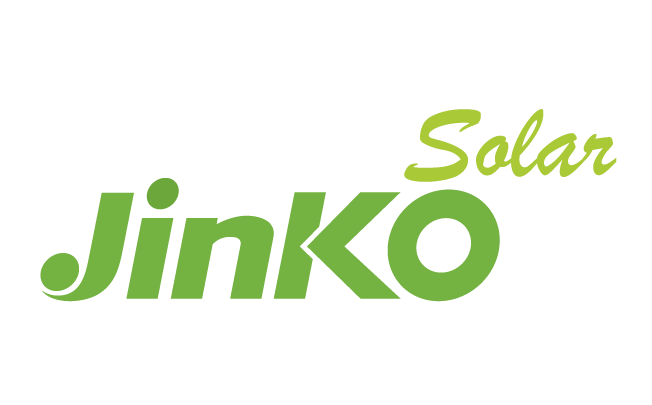
By Frank Andorka, Senior Correspondent
Jinko Solar, being a public company, has to be as positive as possible. So when Reuters asked the Chinese module manufacturer whether the new round of tariffs imposed by the Trump Administration – 25% on modules and cells on top of the 30% the administration already imposed on all imported cells – my old friend Jeff Juger had a ready answer.
He told the news service that the Jacksonville factory, which was originally supposed to double as the company’s U.S. headquarters, will be producing modules by the fourth quarter based on cells manufactured in Malaysia, which may be true now. But sources close to the factory say the original plans involved cells manufactured in China. Trump’s tariffs sent those plans into a tailspin, however, despite China being the most cost-effective source for the cells.
Juger also told Reuters he hoped Trump’s administration would exempt the Malyasian cells from the tariffs under the exemption plan included in the original tariff pronouncement. He maintains the Jinko factory in Malaysia is the only factory that produces the necessary cells and discussed how much the success of the Jacksonville factory could turn on getting the exemption, telling the news service:
The 2.5 gigawatt exemption gives us quite a bit of headroom to import tariff-free cells. If the government grants that exclusion request and lets us import these cells, it will allow us to further scale up the factory in Florida.
Therein, of course, lies the rub. It’s worth noting that initially, the factory was going to be double the size than what it’s currently projected to be and was supposed to support twice as many jobs. If the company doesn’t get the exemption it’s seeking, it’s fair to ask when, if ever, the Jacksonville Jinko factory will be running at full capacity.
For Jacksonville’s sake, we hope Jinko gets the exemption. It would be shame if that much ballyhooed factory ends up being more of a whimper than a bang.

